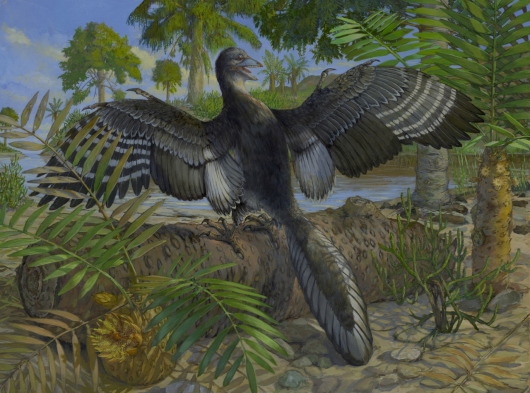
Chicago Archaeopteryx ecological restoration drawing by Michael Rothman. (Photo provided to chinadaily.com.cn)
A team of researchers from China and the United States has shed new light on the ancient evolutionary transition from dinosaurs to birds, thanks to a remarkably well-preserved specimen of Archaeopteryx.
The pigeon-sized fossil, acquired by the Field Museum of Natural History in Chicago in 2022, represents the 14th known specimen of the prehistoric creature and is both the smallest and best-preserved to date. First discovered in Germany in 1861, Archaeopteryx dates back to the Late Jurassic Period, around 150 million years ago. It is considered a pivotal species in paleontology for displaying traits of both modern birds and non-avian dinosaurs.
According to the study, the specimen retains many bones in three dimensions and rare traces of soft tissue — a level of preservation that enabled researchers to conduct high-resolution CT scans and 3D reconstructions. These techniques revealed an almost completely intact skull, including the palatal region, which appears to be intermediate between that of troodontids — a group of bird-like theropod dinosaurs — and more evolved Cretaceous birds.

Photograph and interpretive line drawing of the Chicago Archaeopteryx. (Photo provided to chinadaily.com.cn)
This intermediate anatomy is seen as a crucial stage in the shift from the rigid, immobile skulls of non-avian theropods to the lighter, more flexible skulls of birds.
The study also identified preserved soft tissues, including toe pads shaped similarly to those of modern ground-foraging birds, suggesting Archaeopteryx was adapted for walking. This supports the idea that it may have led a mixed lifestyle, spending time on the ground and possibly in trees — indicating greater ecological flexibility than previously understood.
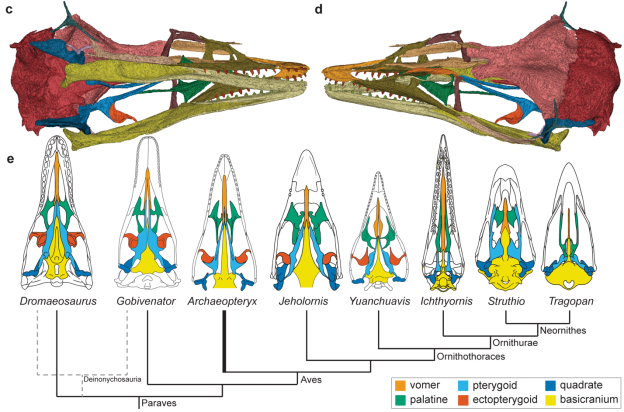
3D model of skull of the Chicago Archaeopteryx and the palatal evolution in paravians. (Photo provided to chinadaily.com.cn)
Significantly, the Chicago specimen is the first known Archaeopteryx fossil to preserve tertials — the flight feathers closest to the body. These feathers, not previously seen in non-avian feathered dinosaurs, may represent a flight-related innovation and an important evolutionary step toward powered flight.
The study, published in the journal Nature in May, was supported by the National Natural Science Foundation of China.








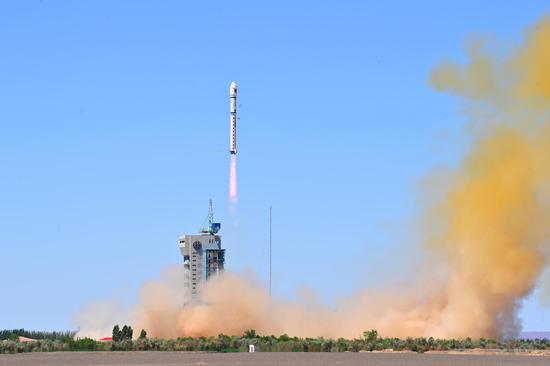








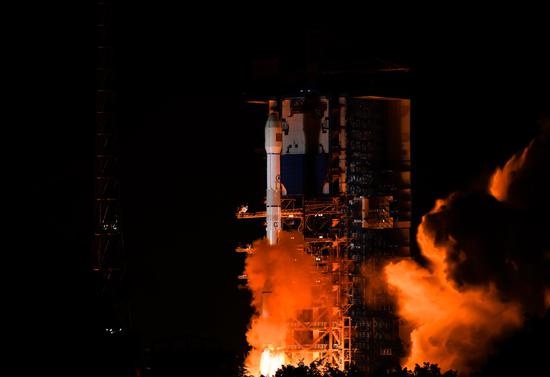
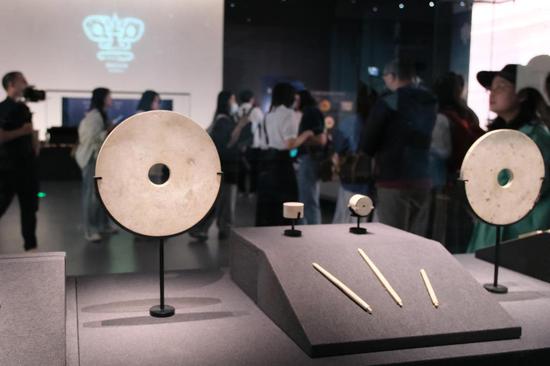




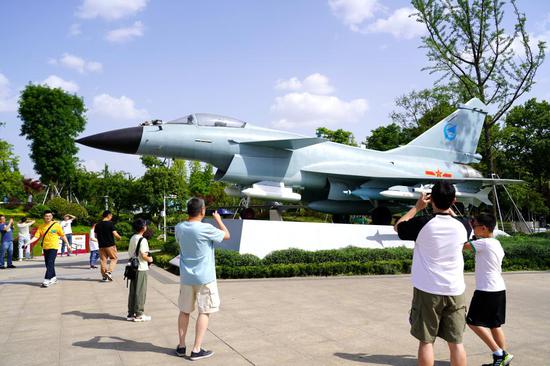










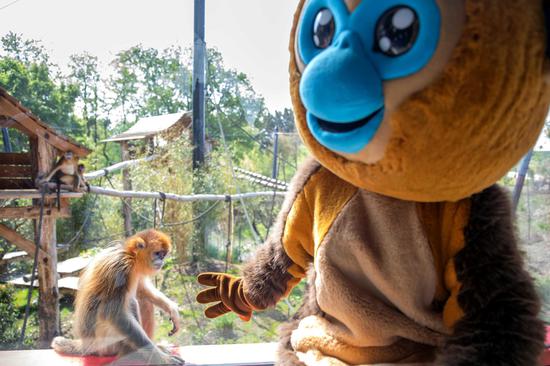















 京公網安備 11010202009201號
京公網安備 11010202009201號